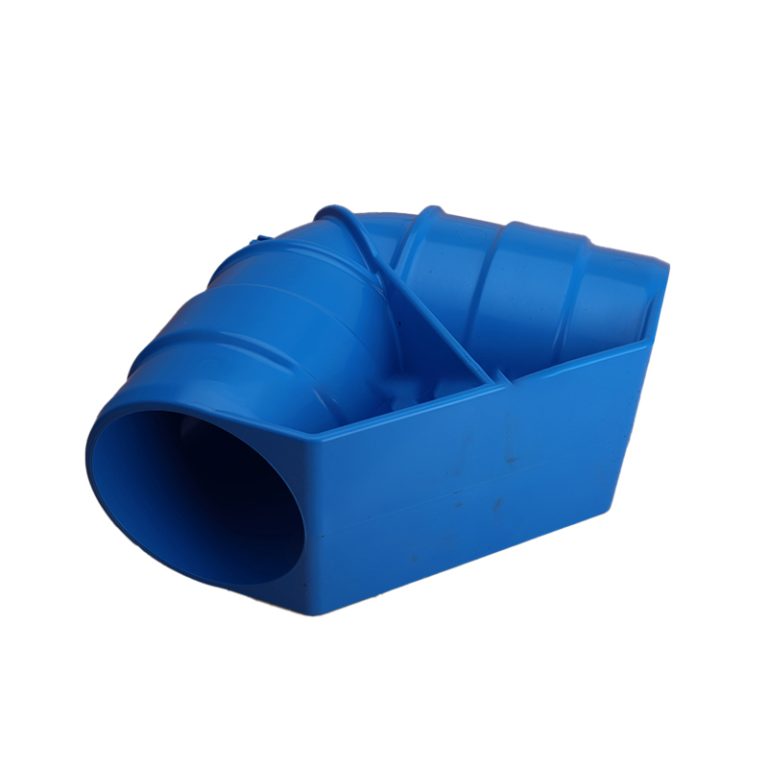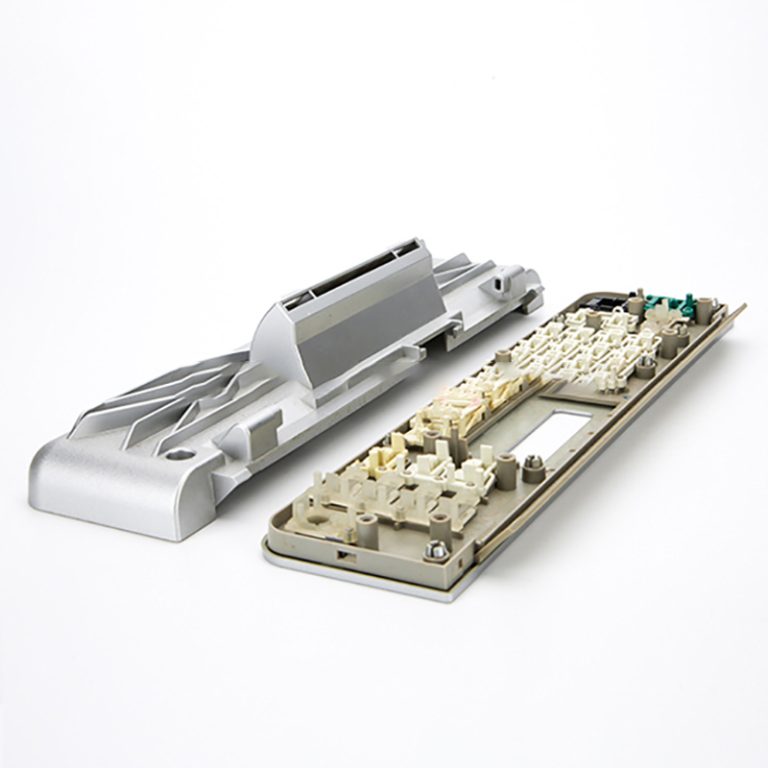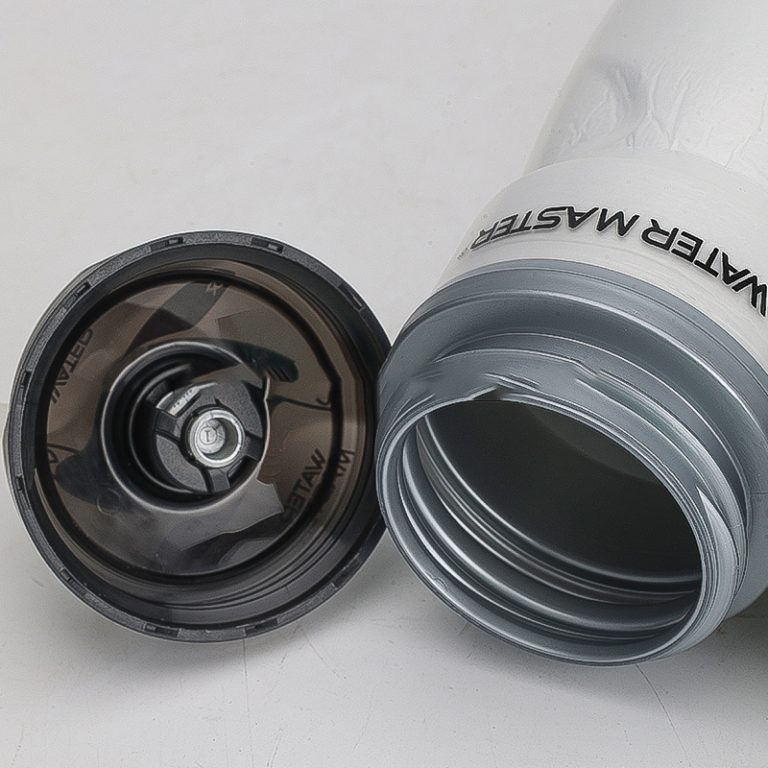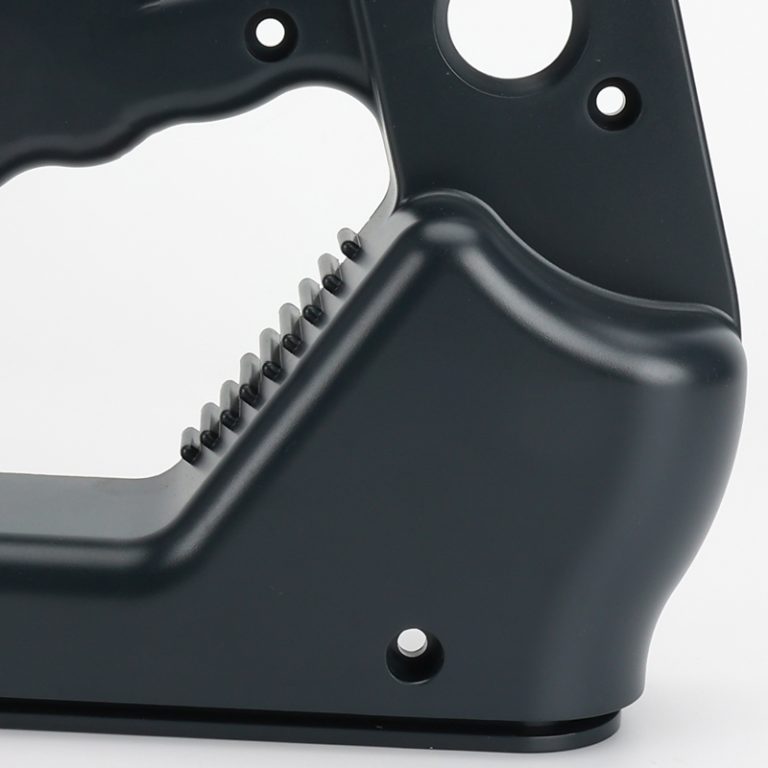พื้นฐานของแม่พิมพ์ฉีดพลาสติก
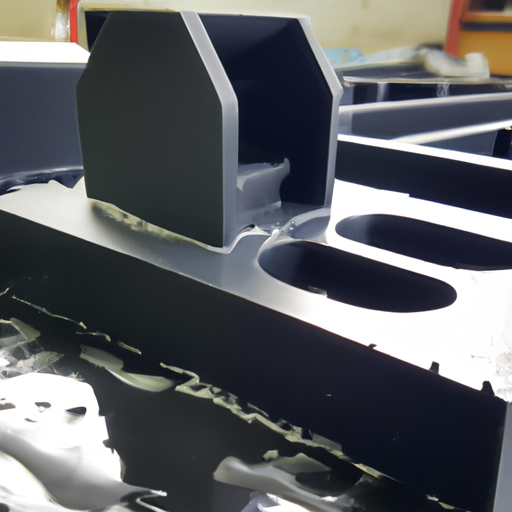
แม่พิมพ์ฉีดพลาสติกเป็นกระบวนการผลิตที่ใช้กันอย่างแพร่หลายโดยการฉีดพลาสติกหลอมเหลวเข้าไปในโพรงแม่พิมพ์เพื่อสร้างรูปร่างที่ต้องการ กระบวนการนี้มักใช้ในการผลิตผลิตภัณฑ์พลาสติกต่างๆ ตั้งแต่ชิ้นส่วนขนาดเล็กไปจนถึงชิ้นส่วนอุตสาหกรรมขนาดใหญ่ การทำความเข้าใจพื้นฐานของแม่พิมพ์ฉีดพลาสติกเป็นสิ่งสำคัญสำหรับทุกคนที่เกี่ยวข้องกับอุตสาหกรรมการผลิต
| การเลือกวัสดุ | ขนาด |
| เอบีเอส/PET/PEEK/ETC. | การปรับแต่ง |
เครื่องฉีดขึ้นรูปประกอบด้วยกระบอก สกรู และอุปกรณ์จับยึดแม่พิมพ์ วัสดุพลาสติกจะถูกป้อนเข้าไปในถัง จากนั้นให้ความร้อนและผสมด้วยสกรูหมุน จากนั้นพลาสติกหลอมเหลวจะถูกฉีดเข้าไปในโพรงแม่พิมพ์ภายใต้แรงดันสูง เพื่อเติมให้เต็มช่องและได้รูปทรงของแม่พิมพ์ ชุดจับยึดปิดแม่พิมพ์เพื่อให้แน่ใจว่าวัสดุพลาสติกไม่รั่วไหลออกมาในระหว่างกระบวนการฉีด
เมื่อเติมโพรงแม่พิมพ์แล้ว วัสดุพลาสติกจะเย็นลงและแข็งตัวภายในแม่พิมพ์ ขั้นตอนนี้เรียกว่าระยะการทำความเย็น และโดยทั่วไปจะใช้เวลาไม่กี่วินาทีถึงสองสามนาที ขึ้นอยู่กับขนาดและความซับซ้อนของผลิตภัณฑ์ การระบายความร้อนเป็นขั้นตอนสำคัญในกระบวนการนี้ เนื่องจากจะเป็นตัวกำหนดรูปร่างและคุณภาพขั้นสุดท้ายของชิ้นส่วนที่ขึ้นรูป การระบายความร้อนที่เหมาะสมช่วยให้แน่ใจว่าชิ้นส่วนไม่บิดเบี้ยวหรือเสียรูป และมีความแม่นยำของขนาดตามที่ต้องการ
หลังจากขั้นตอนการทำความเย็น แม่พิมพ์จะเปิดออก และส่วนที่ขึ้นรูปจะถูกดีดออกจากโพรงแม่พิมพ์ ซึ่งทำได้ด้วยตนเองหรือใช้ระบบดีดออกอัตโนมัติ ทั้งนี้ขึ้นอยู่กับขนาดและความซับซ้อนของชิ้นส่วน จากนั้นปิดแม่พิมพ์อีกครั้ง และทำซ้ำขั้นตอนนี้เพื่อผลิตชิ้นส่วนมากขึ้น
แม่พิมพ์ฉีดพลาสติกมีข้อดีมากกว่ากระบวนการผลิตอื่นๆ หลายประการ ช่วยให้สามารถผลิตรูปทรงที่ซับซ้อนได้อย่างแม่นยำและสามารถทำซ้ำได้ นอกจากนี้ยังช่วยให้สามารถใช้วัสดุพลาสติกได้หลากหลายประเภท ทำให้ผู้ผลิตมีความยืดหยุ่นในการเลือกวัสดุที่เหมาะสมที่สุดสำหรับการใช้งานเฉพาะของตน นอกจากนี้ การฉีดขึ้นรูปยังเป็นกระบวนการที่มีประสิทธิภาพสูง โดยมีการสูญเสียวัสดุน้อยที่สุดและมีวงจรการผลิตที่รวดเร็ว
โดยสรุป แม่พิมพ์ฉีดพลาสติกขึ้นรูปเป็นกระบวนการพื้นฐานในอุตสาหกรรมการผลิต โดยเกี่ยวข้องกับการออกแบบและสร้างแม่พิมพ์ การเตรียมวัสดุพลาสติก และการฉีดพลาสติกหลอมเหลวเข้าไปในโพรงแม่พิมพ์ ขั้นตอนการทำความเย็นและการดีดออกจะทำให้กระบวนการเสร็จสมบูรณ์ ส่งผลให้ชิ้นงานขึ้นรูปเสร็จแล้ว การทำความเข้าใจพื้นฐานของแม่พิมพ์ฉีดพลาสติกเป็นสิ่งสำคัญสำหรับทุกคนที่เกี่ยวข้องในการผลิตผลิตภัณฑ์พลาสติก เนื่องจากช่วยให้สามารถผลิตที่มีประสิทธิภาพและมีคุณภาพสูง

The injection molding machine consists of a barrel, a screw, and a mold clamping unit. The plastic material is fed into the barrel, where it is heated and mixed by the rotating screw. The molten plastic is then injected into the mold cavity under high pressure, filling up the entire cavity and taking the shape of the mold. The mold is held closed by the clamping unit to ensure that the plastic material does not leak out during the injection process.
Once the mold cavity is filled, the plastic material is allowed to cool and solidify inside the mold. This is known as the cooling phase and typically takes a few seconds to a few minutes, depending on the size and complexity of the product. Cooling is a critical step in the process, as it determines the final shape and quality of the molded part. Proper cooling ensures that the part does not warp or deform and that it has the desired dimensional accuracy.
After the cooling phase, the mold is opened, and the molded part is ejected from the mold cavity. This is done either manually or using an automated ejection system, depending on the size and complexity of the part. The mold is then closed again, and the process is repeated to produce more parts.
Molding injection plastic mold offers several advantages over other manufacturing processes. It allows for the production of complex shapes with high precision and repeatability. It also enables the use of a wide range of plastic materials, giving manufacturers the flexibility to choose the most suitable material for their specific application. Additionally, injection molding is a highly efficient process, with minimal material waste and fast production cycles.
In conclusion, molding injection plastic mold is a fundamental process in the manufacturing industry. It involves the design and creation of a mold, the preparation of the plastic material, and the injection of the molten plastic into the mold cavity. The cooling and ejection phases complete the process, resulting in a finished molded part. Understanding the basics of molding injection plastic mold is crucial for anyone involved in the production of plastic products, as it allows for efficient and high-quality manufacturing.

